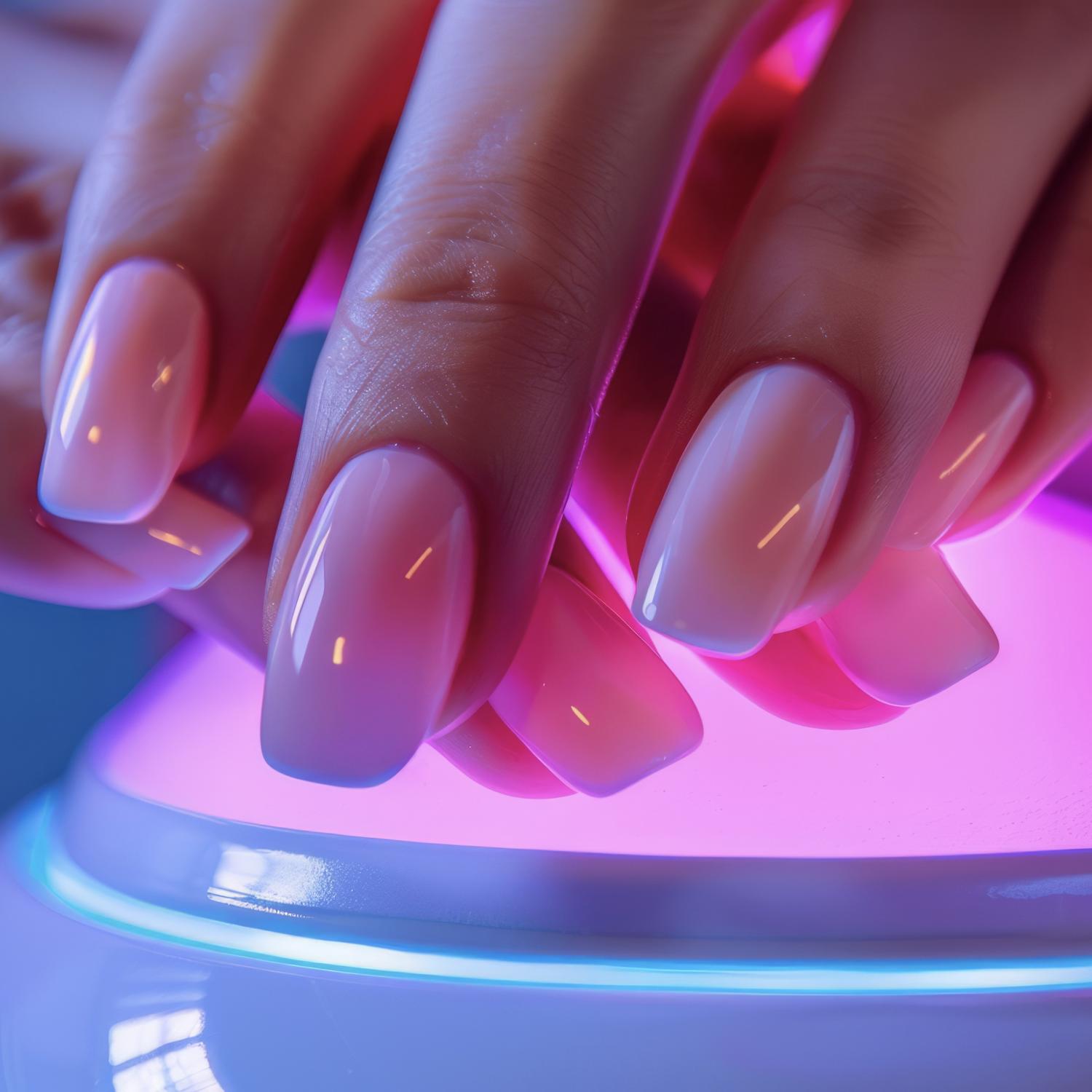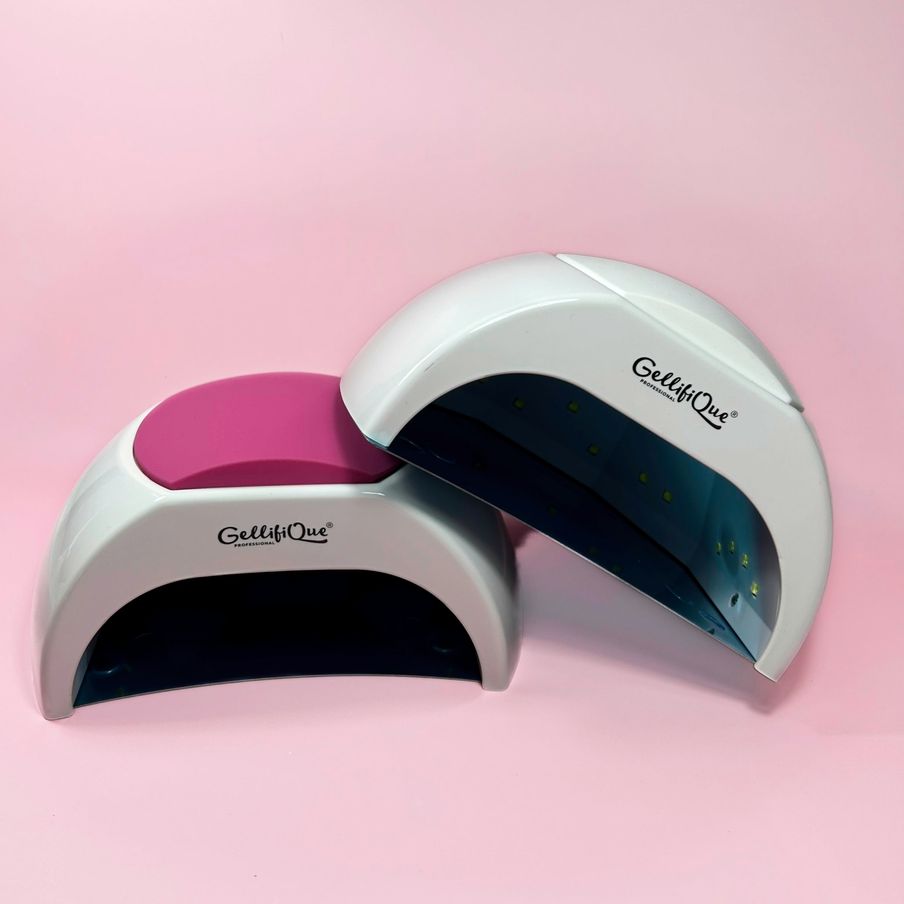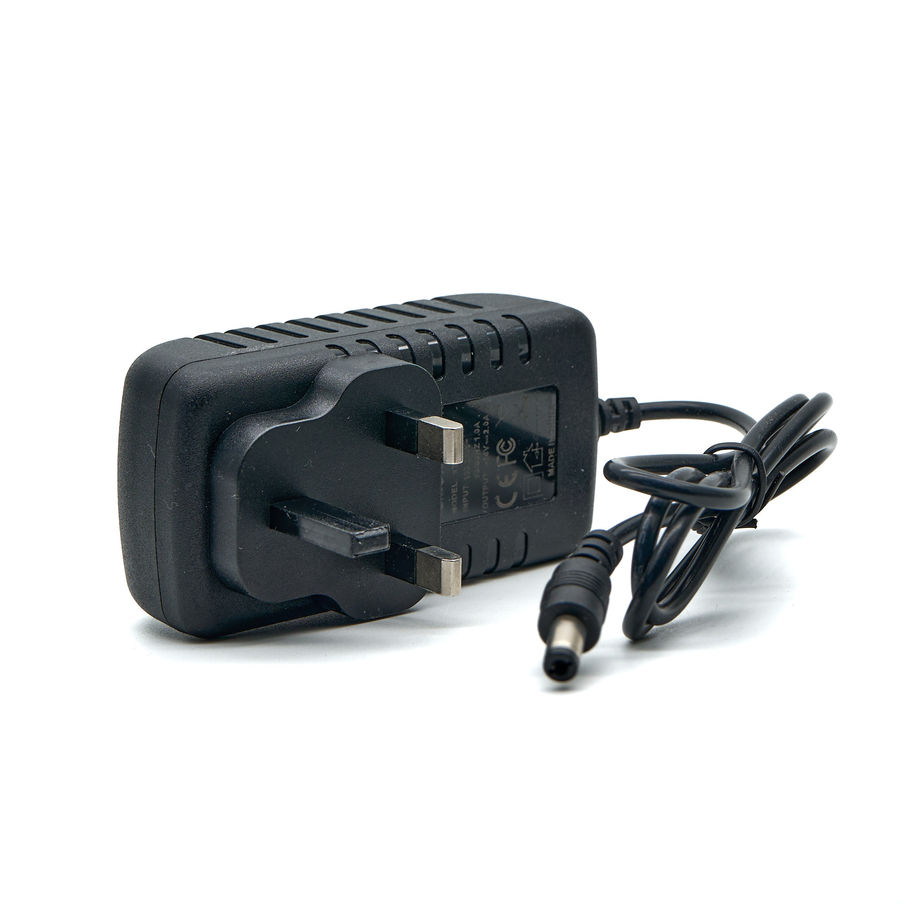UV/LED Lamps and Product Curability

One of the most debated topics in recent years is the compatibility of lamps with different gel systems, particularly due to concerns of dermal allergies linked to under-cured products. Why has this become a pressing issue only recently? More importantly, what proactive steps are we at Gellifique—true industry geeks—taking to address this?
In 2015, we offered over 450 gel polish colors, and our system was compatible with virtually any gel nail lamp on the market at that time, thanks to the commonly used photoinitiators in the formulas and the thin product applications they required. However, the nail industry landscape has drastically changed. An under-cured gel nail polish color would shrink, wrinkle, and stain. Any curing issues with a gel polish system would be immediately noticeable to the naked eye.
Today, the most commonly sold nail product are builder gels. The substantial variation in formulas and the thick application of these products have led to the development of many serious undesirable effects, often due to incorrect curing as a result of incorrect product application or as a result of an incorrect nm wavelength output of the lamp.
Understanding the Science of Gel Curing
The curing process of gel nail products is a chemical reaction initiated by exposure to specific wavelengths of light, typically in the ultraviolet (UV) or visible light spectrum. This reaction is triggered by photoinitiators present in the gel, which absorb light at specific nanometer (nm) wavelengths. Each type of gel—be it color coats, base layers, or builder gels—contains different photoinitiators designed to respond to different wavelengths. For example, some gels cure best at 365 nm, common in UV lamps, while others are optimized for 405 nm, typical of LED lamps. When the photoinitiator absorbs the correct wavelength, it generates free radicals that start a polymerization reaction, transforming the liquid gel into a hard, durable polymer. This precise match between the lamp's output and the photoinitiator's requirements is crucial to achieving a full cure. An incorrect match can lead to incomplete curing, which not only affects the durability and aesthetics of the nail but can also lead to skin irritation or allergic reactions due to uncured compounds.
The Problem
For a lamp to correctly cure a gel product, it must emit a nm wavelength that activates a specific photoinitiator in that gel product. If a lamp claims to emit both 365 nm and 405 nm but in reality emits a less powerful spectrum, the product will not cure correctly.
Thus, it's important not to purchase your lamps from marketplaces like Amazon, etc., as it's unlikely that the actual output will match the technical specifications listed on the box.
What is Next for Gellifique
All of the lamps we have retailed under the Gellifique brand have undergone independent testing in a laboratory setting, with UKAS accreditation. Our products were applied and cured in the Gellifique Lamp for the recommended time. The cured material was then analysed by state-of-the-art machinery that determined its chemical state before and after the cure. Test results have demonstrated that products were fully cured when analysed.
At present, due to the prevalence of builder gels and thicker product applications, regular soak-offs, and potential nail damage, we are working on calibrating a new UV/LED lamp that will offer maximum comfort to the customer without the need for a low heat setting.
Meanwhile, you can rest assured that the lamp you purchase from us indeed emits the spectrum needed to cure the Gellifique system.

UV/LED LAMP 48W - £45.00
BUY NOW |

POWER ADAPTER 48W - £8.99Over time, with the use of your UV/LED lamp, the power adapter may need to be replaced. With active use, the average lifespan of the adapter is 3 to 6 months. After this period, we recommend replacing your adapter, and after 6 months, consider replacing the UV/LED device to ensure effective and through curing of all UV/LED gel products. BUY NOW |